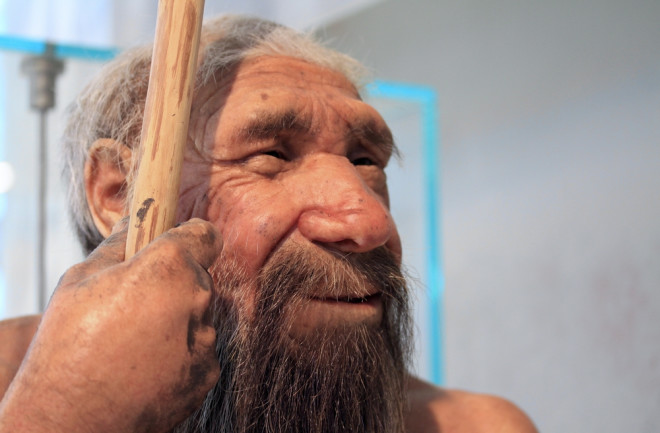This article was originally published on June 11, 2021.
The Neanderthals may be our closest evolutionary cousins. They walked on two legs similar to us, used tools and may have created art and music.
The hominids used fire and likely lived and hunted in complex social groups similar to the way that Stone Age Homo sapiens did about the same time.
When Did Neanderthals Go Extinct?
We’re not super clear on when the Neanderthals first began to separate themselves from their own primate ancestors, but the fossil record tells us that Neanderthals were definitely around about 200,000 years ago. They disappeared roughly around 40,000 years ago as anatomically modern humans first began to move into Europe.

